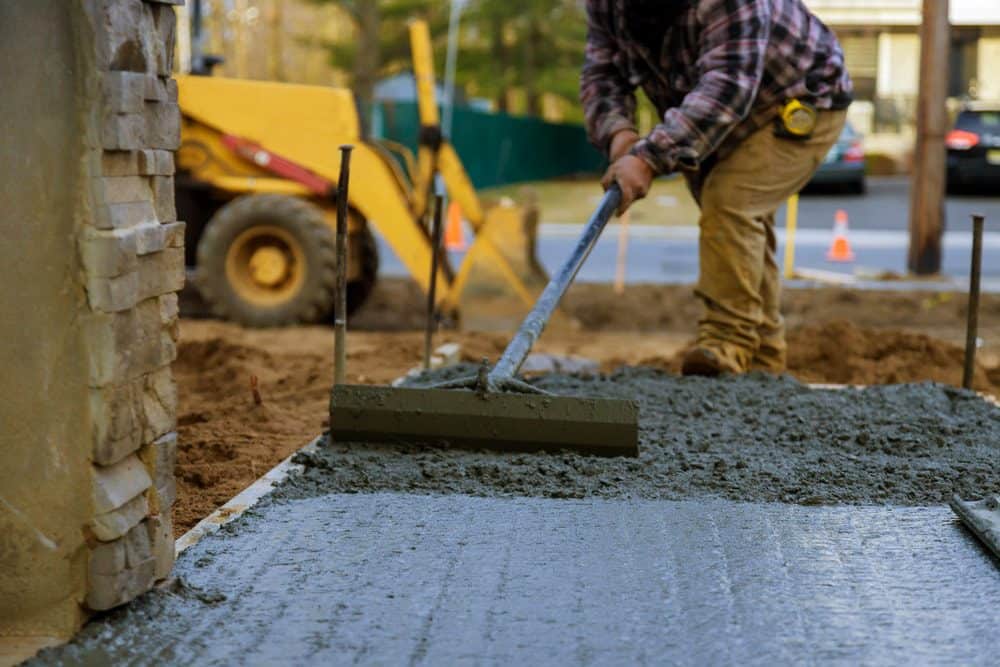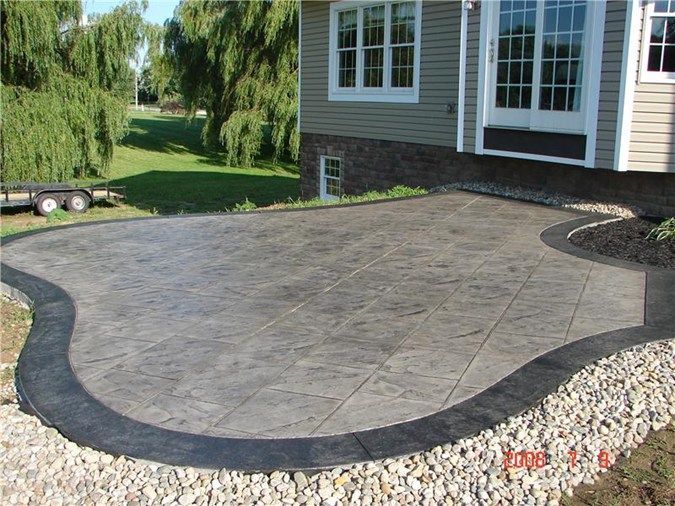Concrete Calculator - How to determine how much concrete you need
“How much concrete do I need to pour my slab?”
Use the concrete calculator below to get the correct amount of concrete needed to order for pouring a concrete project. Select the appropriate concrete calculator below to determine what volume of concrete is required.

Ready to Order your Concrete? Click here >>>
How much will a cubic yard of concrete cover?

Mud Loads Concrete Ready Mix is sold by volume, measured in cubic yards. You will need to determine the cubic area of your concrete project using the calculation of length x width x thickness of the slab. Input this information in the Concrete Volume Calculator below to determine how much concrete you need.
A general rule of thumb is on cubic yard of concrete will cover the following areas:
- 4″ thick – covers 81 square feet
- 5″ thick – covers 65 square feet
- 6″ thick – covers 54 square feet
- 7″ thick – covers 46 square feet
- 8″ thick – covers 41 square feet
- 10″ thick – covers 32 square feet
- 12″ thick – covers 27 square feet
For example, you can calculate how much concrete is needed for a 4-inch thick rectangular driveway, 30-feet long and 16-feet wide. The area of the driveway is 480 square feet (30-feet x 16-feet). Using the information above, one cubic yard of concrete placed at a thickness of 4 inches covers 81 square feet. In a perfect world, our 480 square foot driveway will need exactly 5.93 cubic yards of concrete – 480 square feet divided by 81 square feet equals 5.93 cubic yards.
My job is irregular, how do I figure the amount of concrete I need to order?

To figure out the areas of irregular-shaped areas of slabs, draw a scaled drawing of the project. Divide the irregular shape into a series of regular rectangles, circles, and triangles to determine the area for each area in the overall layout. Use the table here or the calculators below to calculate how many cubic yards of concrete would be needed for each rectangle, circle, or triangle in the drawing. Add the cubic yard volumes of every unit in the drawing, multiply by 115%, and round up to the nearest quarter yard.
Should I account for miscalculations or jobsite irregularities?

Construction job sites are not perfect, and also concrete batch plants are not able to produce concrete to exacting volumes. It is common for contractors to allow for spillage during placement, form movement, uneven subgrades, and consolidation. The knowledgeable contractors order 10% to 15% more concrete than the computed volume, and rounds up to the nearest quarter or half yard. In our driveway example our calculation came to 5.93 cubic yards. Multiply by 110% = 6.52 cubic yards. When you round to the nearest quarter yard, you would order 6.5 cubic yards of concrete for the project.
